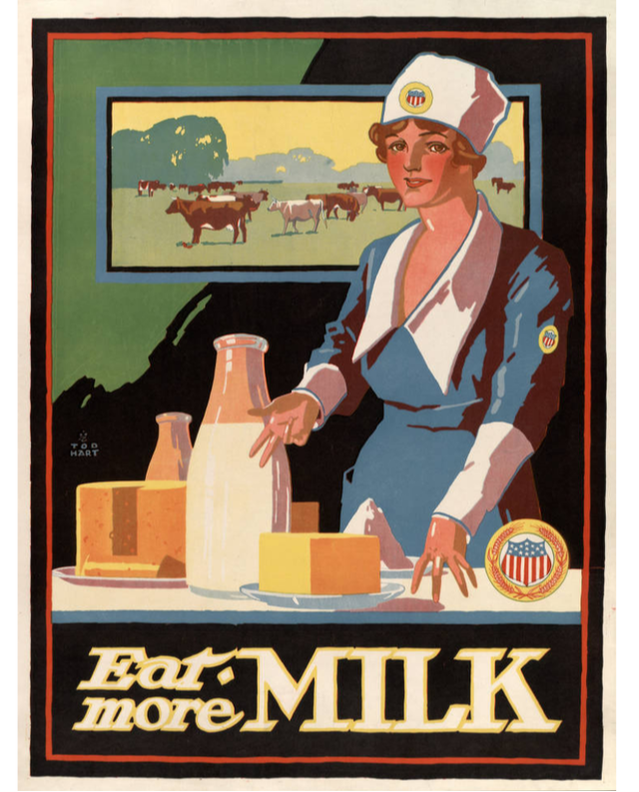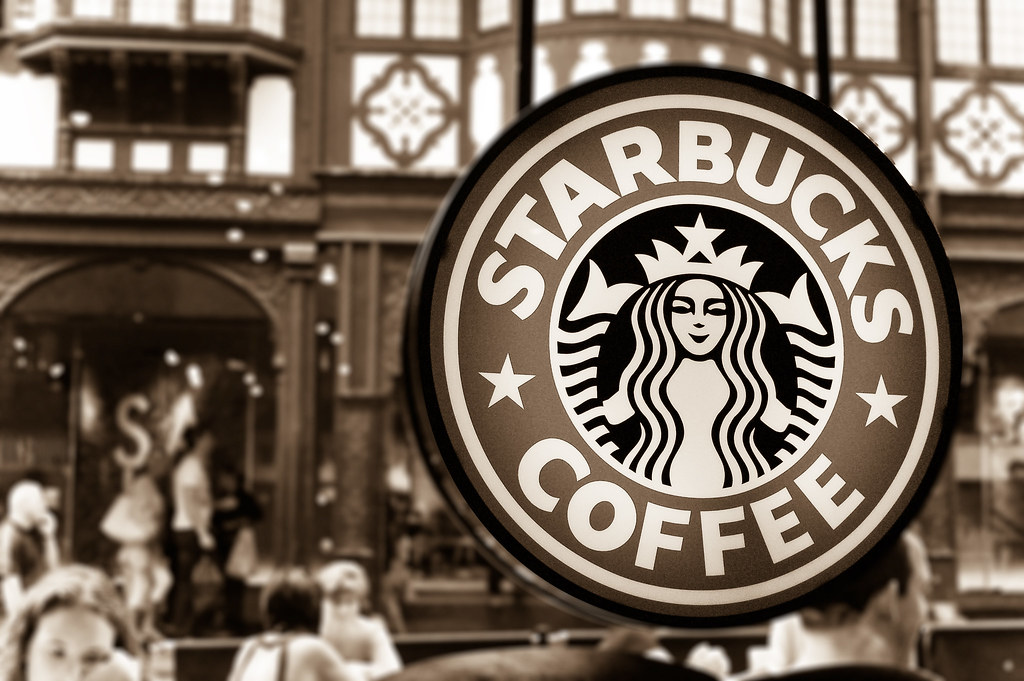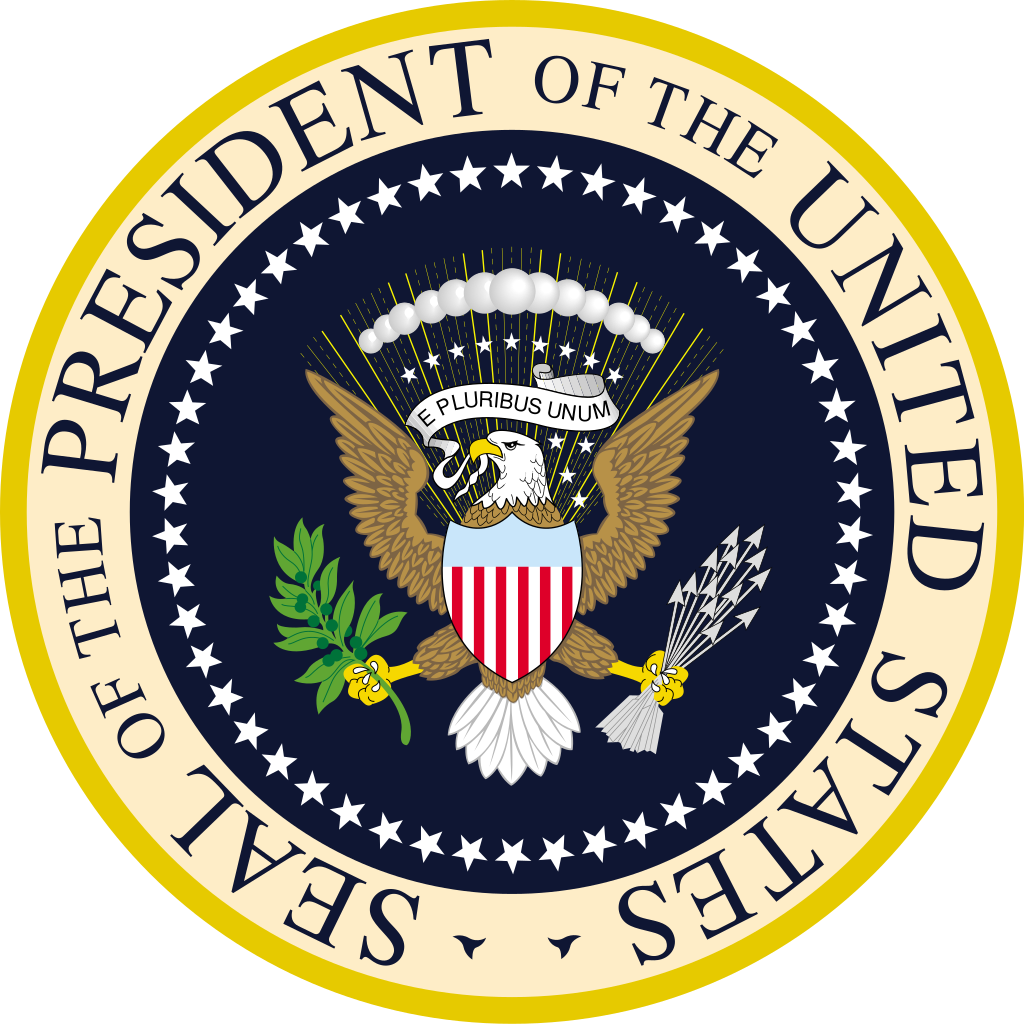For an American staple like the dairy industry, their foothold in America is a relatively modern phenomenon. Those curious about the trigger will find it strangely tied to World War I. At this time in America, milk was drunk and enjoyed primarily by small children as a supplement or by many others as an ingredient in a number of different dishes and drinks. If you were to travel back in time only a hundred years or so, you would receive many weird glances after pouring a glass of milk with any meal. Back then, milk was not seen as a tasty drink. It was a food ingredient that you could drink, and the quantity of milk needed to quench the nation was quite low, relative to now.
On Dec. 9, 1918, Charles E. North, M.D. published a piece entitled “The Milk Industry and The War” in the American Journal of Public Health, where he discussed current industry trends and the impact of the global conflict.
“One of the first effects of the war (World War I) on the dairy industry was the demand of European countries for American dairy products. The products exported necessarily were required to be in their most imperishable form, and therefore consisted chiefly of cheese, butter, and condensed milk,” North wrote.
In the piece, North cites the value increase of dairy exports from 1911 to 1917. This is illustrated in a graph using data directly from the reports of the US Department of Agriculture. Over the course of seven years, the exported value exploded by millions of dollars. Considering inflation, the export of condensed milk, for instance, can be derived as 20 million dollars jumping to 490. Because of this, farmers across the country began producing more milk, and when the war ended, we were left with an enormous surplus. Financial ruin loomed on the horizon for many converted farms, which had restructured their lifestyle around dairy, and the government worked hard to counter this, buying back surplus dairy from farmers. At the state and federal levels, campaigns were made to sell off more milk. At the Grand Central Palace, The United States Food Administration hosted the National Milk and Dairy Farm Exposition in the spring of 1918, where New York Governor Charles Whitman and United States Food Administrator Herbert Hoover delivered expositions. The message? Drink more milk.
Milk was promoted as a logical, healthy choice for both children and adults. Milk was rich, delicious and stark white, the color of health and purity, making it an easy product to advertise. Even today, we see passing health fads around commodities like chocolate, and milk was simply an earlier iteration – shoved down the throat of citizens to protect the American farmer. Marketing tactics and advancements in milking have led the dairy industry to become a global powerhouse, squeezing out nearly 100 million tonnes of milk in a year, most of which from Holstein cows. Selective breeding, which has been linked to a severe lack of genetic diversity in the Holstein, better technology as well as concentrated research have enabled American dairy cows to produce more than those that came before them. In fact, per Peta, the average cow produces roughly four times more milk than it did in the 1950s. Today, a staggering 16.5% of milked dairy cows suffer from mastitis, a painful and often fatal inflammation of the udders. Dairy was never meant to be produced nor consumed on such a scale.
As for the alleged health benefits, American milk, which is laden with added antibiotics, has inversely been tied to many negative ailments, such as prostate cancer, higher cholesterol and even reduced calcium intake due to its naturally occurring acids. In a study on the factors of bone density in menopausal women, researchers concluded that “…dairy product consumption for long-term bone health has resurged as some observational studies have suggested consumption to be associated with an increased risk of fractures.”
Not to mention, nearly 50 million Americans are lactose intolerant. They simply can not consume it without causing digestive issues. Worldwide that figure balloons to over 70% of the global population with most native Africans and Asians unable to properly digest the lactose compound. It’s time to wake up and become conscious of what you are putting in your body.







